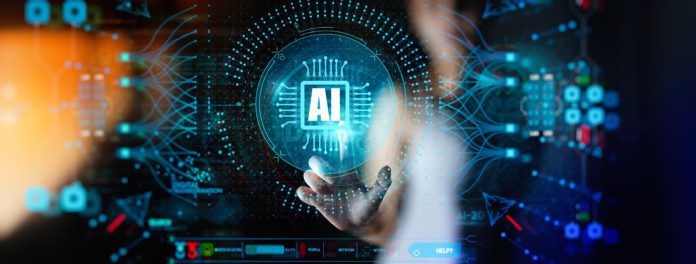Robotics has made massive advances in recent years. Fields such as Robotics Process Automation (RPA) are being deployed in more and more businesses.
RPA software is needed to combine organizational processes with the actions of the robots and AI inputs. RPA software automates repetitive, labor-intensive, and time-consuming tasks, minimizing or eliminating human involvement to drive faster and more efficient processes across the factory floor. Instead of having dozens of workers in a manufacturing plant, an RPA specialist can program and run robots to perform those duties. Typically, another person is involved to service, maintain, and repair the hardware.
But AI is taking RPA to greater and greater levels of functionality. Here are some of the top trends in AI Robotics:
RPA and AI
The latest trend is for RPA to be integrated with AI. This is an essential element of RPA being able to deal with high-volume, repeatable tasks. By moving these over from humans to robots, these tasks are taken care of in a way that lowers labor costs, workflows are made more efficient, and processes such as those on assembly lines are accelerated.
This is also simplifying the overall field of robotics. Instead of different teams using different software, industrial settings can now combine RPA software and factory automation systems. Historically, the robotics team utilized specific programming languages to deal with the areas such as the kinematics of multi-axis robots. Factory automation technicians used different languages and tools such as Programmable Logic Controllers (PLCs) and shop floor systems. AI is helping to integrate these two worlds and add a greater degree of mobility and autonomy to robots.
“For stationary robots to work seamlessly with mobile robots, it is essential that they can exchange information accurately and without failure,” said Samir Patel, Senior Director, Robotics Engineering at Kawasaki Robotics USA.
Autonomous Operation
Peter Stone, PhD, Executive Director, Sony AI America notes that robots are moving more and more towards operating in open, uncontrolled spaces that are also occupied by people. Much effort is going into creating self-driving cars that are robust and economically viable. But beyond simple vacuum cleaners, AI is needed to take robotics to the next level.
“Beyond creating robots that are viable as useful consumer products (other than for entertainment), there are still challenges for AI and robotics,” said Stone.
AI will be needed to take into account thousands of parameters and variables occurring in real time. Many of these are changing constantly many times a second.
Neurosymbolic AI
What’s the next big thing in AI and robotics? Stone thinks it will be neurosymbolic AI.
“The current AI boom was initiated by the confluence of the data and computation required to enable neural networks to achieve very impressive results on some very challenging tasks. While important research remains on understanding the full capabilities of neural networks, we are now seeing increased interest in 1) understanding their limitations and 2) integrating them with other tried and true AI algorithms, including symbolic and probabilistic methods.
“In the coming years, broad exploration will occur in the field of hybrid neurosymbolic approaches towards applications that are beyond the capabilities of any one approach on its own,” said Stone. “Just as different regions of the human brain are known to operate differently (e.g. cerebellum vs. visual cortex), next-generation AI systems are likely to integrate differently operating modules. Research in this direction will be particularly useful for advances in general-purpose service robots capable of robust perception, communication in natural language, task and motion planning for object manipulation, and natural human-robot interaction across a wide variety of tasks.”
Claims Processing
Over time, more and more tasks lend themselves to automation beyond just simple programming. Organizations are leveraging RPA, for example, to automate actions like understanding what’s on a screen and completing keystrokes, and identifying and extracting data.
“Health care is a good example, where such systems are being used to validate and process patient claims,” said Adam Spotton, Head of Data Science, DNSFilter.
Job Candidates
Anyone posting a job opening typically receives hundreds if not thousands of resumes. AI robotics can be used to sift through them, and even find good candidates who may not immediately tick all the boxes. By training AI to note similar qualifications and other traits, better candidates are proposed and those that might be missed otherwise are given attention.
“Amazon has been known to use RPA to find priority candidates for job positions by scanning and selecting resumes,” said Spotton. “I expect RPA to be a significant AI automation trend moving forward, across industries.”



